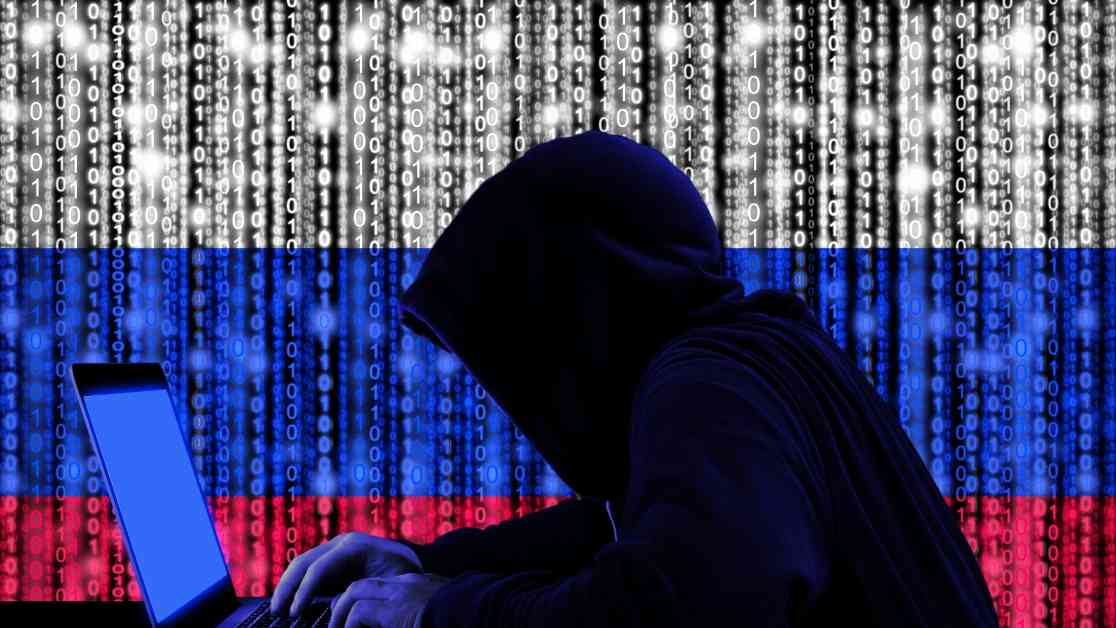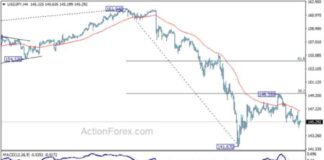The $93 Million Wall Street Heist: Unraveling the Russian Connection
The world of cybersecurity was rocked by the revelation of a massive Wall Street heist orchestrated by Vladislav Klyushin, a Russian cybercriminal. Klyushin’s scheme involved stealing financial information from American companies under the guise of protecting it, using his company, M-13, as a front for Russian hackers. The stolen information was used to gain insider knowledge on corporate earnings reports, allowing Klyushin and his team to manipulate the stock market for their own financial gain.
Klyushin’s ill-gotten gains quickly piled up, with stacks of hundred-dollar bills filling a safe to the brim. At one point, he had amassed over $3 million in illegal profits, but that was just the beginning. In less than three years, Klyushin’s cybersecurity scam had amassed a staggering $93 million. The scale of the operation was unprecedented, with the Russian hackers targeting well-known American companies like Skechers, Snapchat, and Roku.
The modus operandi of M-13 was simple yet effective. By stealing earnings reports before they were made public, Klyushin and his team were able to buy and sell stock based on this privileged information. This allowed them to make lucrative trades, with one notable instance involving Tesla. M-13 stole Tesla’s drafted earnings release and used it to make strategic stock purchases. When Tesla’s actual earnings report was released, the stock price soared, netting Klyushin and his team another windfall.
The audacity of Klyushin’s operation was matched only by its brazenness. His company, M-13, presented itself as a legitimate cybersecurity firm, providing a cover for the illegal activities being carried out behind the scenes. The fact that Klyushin was able to grow his criminal empire to such heights, rubbing shoulders with Russian government officials and riding private jets, speaks to the sophistication and reach of his operation.
However, the FBI had been monitoring Klyushin and his team, meticulously dissecting their operation and working to bring them to justice. In the end, Klyushin was sentenced to nine years in an American prison for his role in the $93 million hack-to-trade conspiracy. The case was a stark reminder of the ongoing threat posed by cybercriminals to American businesses and the financial sector as a whole.
The Growing Threat of Cybercrime
The case of Vladislav Klyushin and M-13 is just one example of the growing threat of cybercrime to businesses and financial markets. As technology continues to advance, so too do the tactics and capabilities of cybercriminals. The interconnected nature of the global economy means that a breach in one sector can have far-reaching consequences, impacting not just individual companies but entire markets.
According to a report by cybersecurity firm CrowdStrike, financial institutions are prime targets for cybercriminals due to the sensitive nature of the data they hold. From stealing customer information to manipulating stock prices, cybercriminals have a wide range of tactics at their disposal. The rise of cryptocurrency has also provided new opportunities for cybercriminals to exploit vulnerabilities in the financial system.
The Geopolitical Dimension
The case of Vladislav Klyushin and M-13 also highlights the geopolitical dimension of cybercrime. As tensions between Russia and the West continue to escalate, the use of cyberattacks as a tool of statecraft has become increasingly common. The lines between criminal enterprises and state-sponsored activities are becoming increasingly blurred, with cybercriminals often operating at the behest of nation-states.
The anonymous former member of the Russian FSB intelligence service quoted in the article speaks to the larger context in which cybercrime operates. The financial sector has become a battleground in the ongoing conflict between Russia and the West, with each side seeking to gain the upper hand through cyber espionage and manipulation of financial markets.
The Future of Cybersecurity
In the wake of the $93 million Wall Street heist, the question remains: how can businesses and financial institutions protect themselves from the growing threat of cybercrime? The answer lies in a multi-pronged approach that includes investing in robust cybersecurity measures, training employees to recognize and report suspicious activity, and collaborating with law enforcement agencies to investigate and prosecute cybercriminals.
The case of Vladislav Klyushin serves as a cautionary tale for businesses and investors alike. In today’s interconnected world, the threat of cybercrime is ever-present, requiring constant vigilance and proactive measures to mitigate the risk. By staying informed and taking steps to secure their data and systems, businesses can better protect themselves from the growing threat of cybercrime.

















